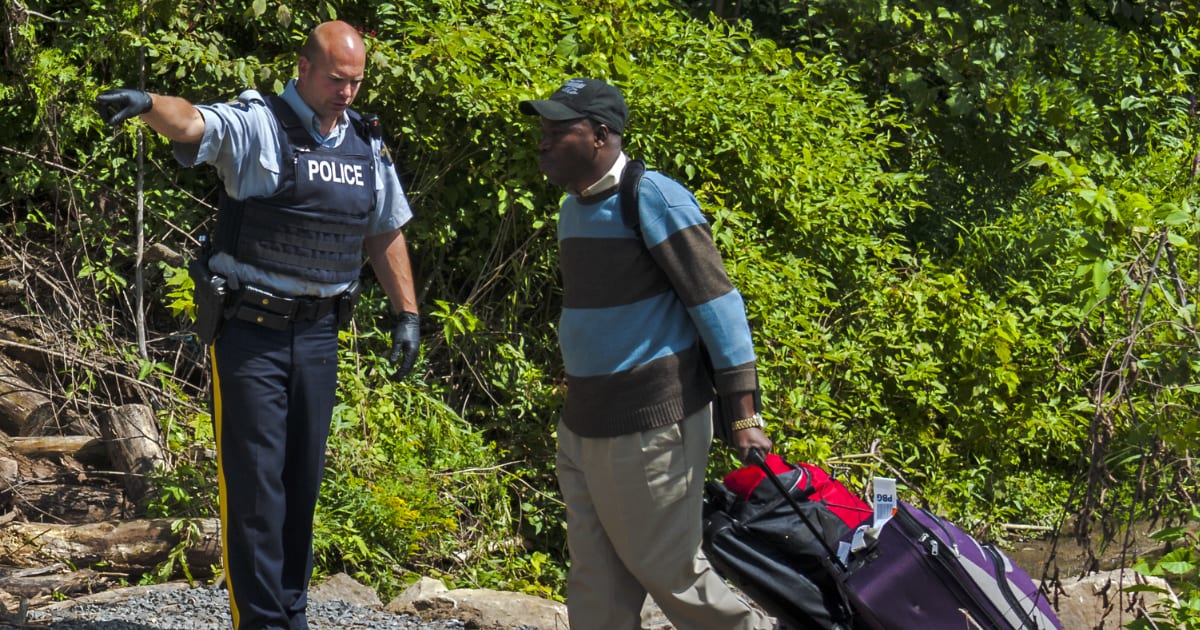Budget earmarks $140M for refugee, foreign worker permanent residency fast-track
The Liberal government is spending nearly $140 million as part of the 2025 federal budget to fast-track refugees.
The Liberal government is spending nearly $140 million as part of the 2025 federal budget to fast-track refugees, those in need of asylum and temporary foreign workers to permanent residency under two separate “one-time” programs, claiming the move will reduce the number of temporary residents in Canada.
Tucked away in the Liberals’ “Canada Strong Budget 2025,” released Tuesday, is a pledge for a “one-time measure” to “recognize eligible protected persons in Canada” as permanent residents over the next two years. The pledge is to the tune of $120 million in new spending over four years.
Additionally, the Liberals proposed an extra $19.4 million for IRCC and CBSA to process applications for a “one-time measure” to “accelerate” the transition of “up to” 33,000 work permit holders to permanent residency in 2026 and 2027. The total of the two programs amounts to $139.4 million in taxpayer spending.
In Canada’s immigration system, “protected persons” refers to those meeting the definition under the UN Convention Relating to the Status of Refugees.
The budget did not specify whether individuals from a specific country of origin would be targeted under the program or provide further details on how it overlaps with existing programs like the Canada-Ukraine Authorization for Emergency Travel or the special permanent residence pathway for Hong Kong residents.
“This practical step is a reflection of the fact that the vast majority of these people cannot return to the country of their origin,” the budget reads. “It will also ensure that those in genuine need of Canada’s protection have their permanent status recognized, accelerating their full integration into the Canadian society and their path to citizenship.”
The budget allocates $120.4 million over four years, starting in 2026-27, to those the government deems eligible. Most of these costs will cover processing additional applications by Immigration, Refugees and Citizenship Canada (IRCC) and the Canada Border Services Agency (CBSA). The Liberals anticipate these expenses will be “offset by higher fee revenues.”
The budget stated that fast-tracking temporary residents to permanent residency will allow the government to meet its goal of reducing Canada’s temporary residence population from 6.2 per cent to under five per cent by the end of 2027.
The budget reiterated its new work and study permit targets, aiming to bring in 385,000 new temporary workers and international students next year.
The budget seeks to admit 230,000 new workers in 2026 through Canada’s Temporary Foreign Worker Program or International Mobility Program. Unlike the TFW Program, the International Mobility Program does not require Canadian businesses to prove, via a Labour Market Impact Assessment, that no Canadians could fill the job.
The Liberals plan to reduce this number by 10,000 in the subsequent two years, bringing in 220,000 new workers annually.
The government also pledges to welcome 155,000 students in 2026, decreasing that number by 5,000 each year to reach 150,000 in both 2027 and 2028.
If these targets are met, the government intends to bring in 1,125,000 new migrants through work and study permits.
The Liberals plan to increase the number of economic immigrants, with 239,800 new permits in 2026, and 244,700 in both 2027 and 2028. These migrants can come from various programs, including the Federal Skills, Provincial Nominee, and Atlantic Immigration programs.
Additionally, the government plans to welcome 84,000 immigrants for family reunification in 2026, followed by 81,000 annually for the next two years. There will also be 56,200 refugees, protected persons, humanitarian, and “other” migrants in 2026, followed by 54,300 for the subsequent two years.
The government also aims to increase French-speaking immigrants from nine per cent of total permanent resident admissions (30,267) in 2026 to 9.5 per cent in 2027 and 10.5 per cent in 2028.
Overall, the government plans to admit 1,140,000 new permanent residents from the listed streams over the next three years.
When combining both the temporary and permanent admissions to Canada, the government projects an increase of 2.2 million newcomers in the next three years from those streams alone.





Unbelievable! We don't have enough housing and jobs for Canadians.